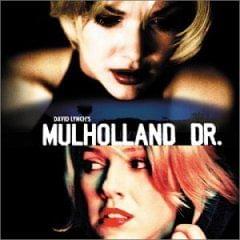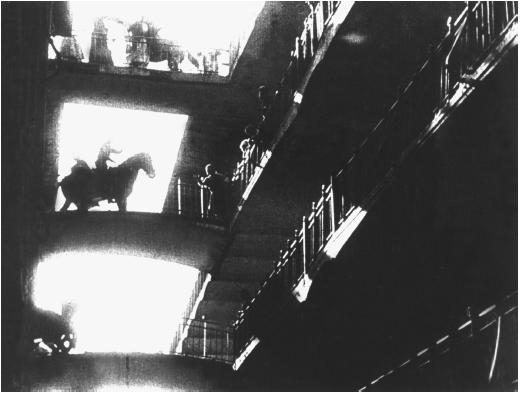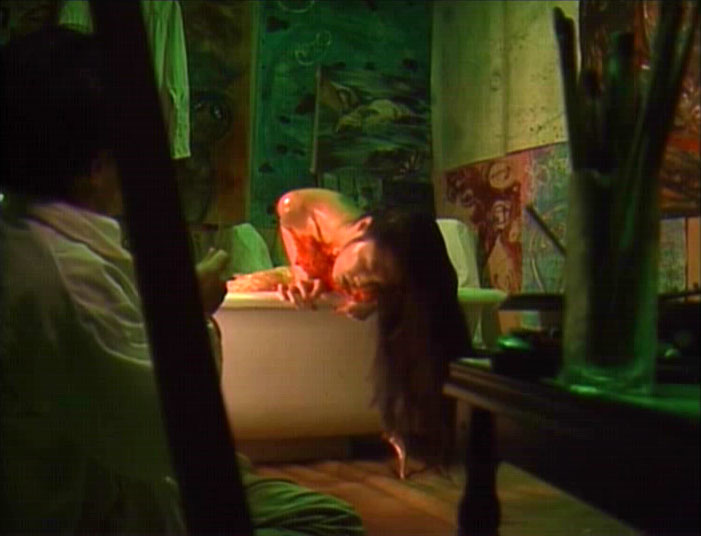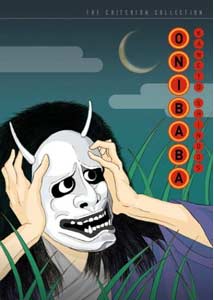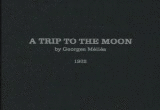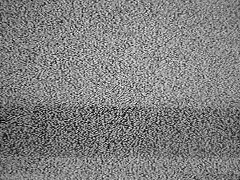
"The Great Mouse Detective" is a film that suffers with a slight split personality. Three fourths of the movie is typical cutesy Disney fare; the last fourth, featuring the battle between the good detective and the evil Ratigan is somewhat intense, possibly a little too intense for the very young.
Mancini's score reflects this. The main title is exciting and engaging. Vincent Price's solo turns on "The World's Greatest Criminal Mind" and "Goodbye So Soon" are hilarious and melodic, in a sinister way. As an earlier reviewer stated, the Melissa Manchester addition "Let Me Be Good to You" is quite provocative for a "G-rated" family film.
The "Big Ben Chase" is ominous and thrilling as the two rodents are involved in a deadly battle atop London's famous landmark. Mancini's music has never been more "on the mark."
Look strange...but the music is amazing!!!
Download







